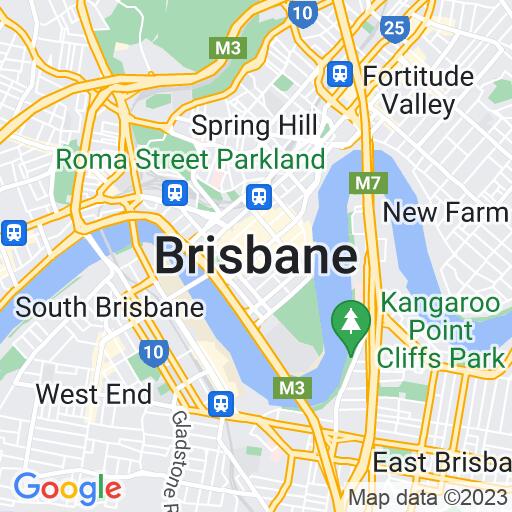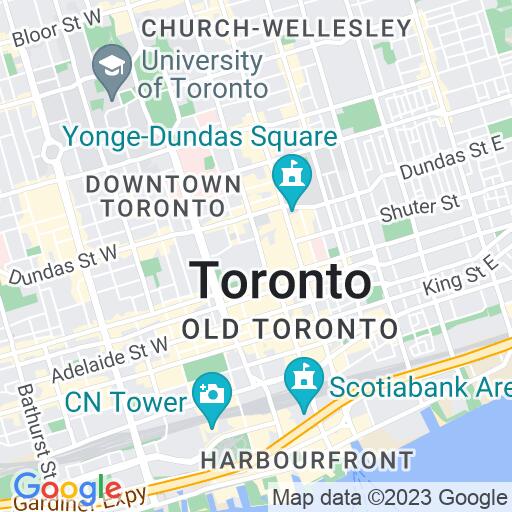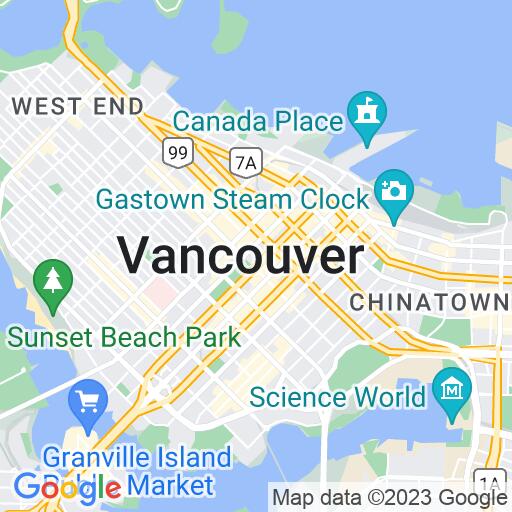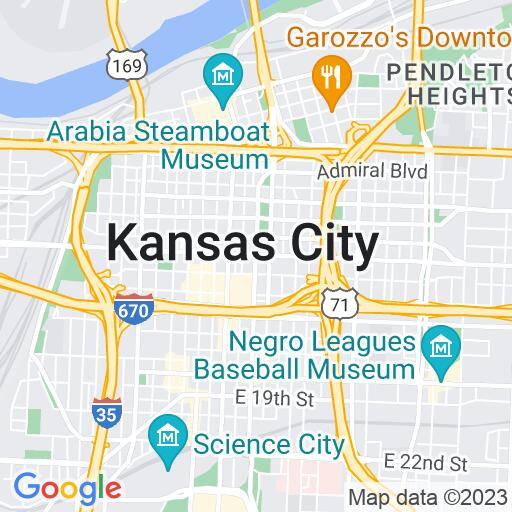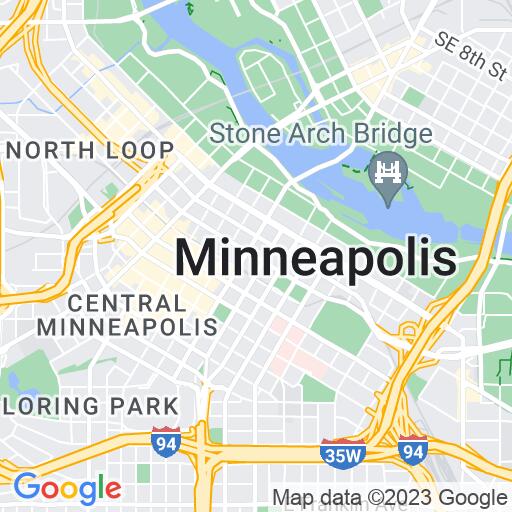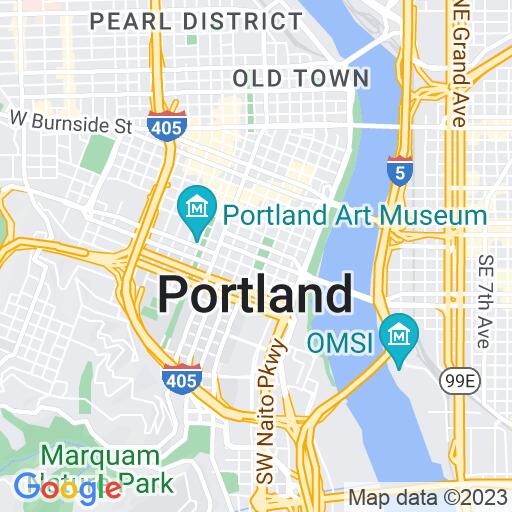TMJ, or temporomandibular joint disorder, can be an extremely painful and debilitating condition. It occurs when the joint that connects the jawbone to the skull becomes inflamed or damaged, causing a range of symptoms including pain in the jaw, face, neck, and shoulders, difficulty chewing or opening the mouth, and even headaches.
Fortunately, there are several TMJ muscle relief spasm techniques that you can try at home to help alleviate the pain and discomfort associated with this condition. Here are five fun and exciting techniques to try:
1: Jaw Exercises
Jaw exercises can be a great way to help relieve TMJ muscle spasms. These exercises help to strengthen and stretch the muscles in the jaw, which can help to reduce pain and improve mobility.
One popular jaw exercise is called the "chin tuck." To do this exercise, stand up straight and pull your chin in towards your neck. Hold this position for a few seconds, and then relax. Repeat this exercise several times throughout the day.
Another jaw exercise is called the "jaw stretch." To do this exercise, open your mouth as wide as you can without causing pain. Hold this position for a few seconds, and then slowly close your mouth. Repeat this exercise several times throughout the day.
2: Heat and Cold Therapy
Applying heat or cold to the affected area can be an effective way to reduce inflammation and relieve pain. Heat helps to increase blood flow and relax muscles, while cold helps to reduce swelling and numb pain.
To make a hot compress, fill a sock with rice and microwave it for a minute or two. To make a cold compress, wrap a few ice cubes in a towel or use a bag of frozen vegetables.
Apply the hot or cold compress to the affected area for 10-15 minutes at a time, several times throughout the day.
3: Massage
Massage can be an effective way to release tension and reduce pain in the muscles around the jaw. Start by gently massaging the muscles on the sides of your face, near your temples. Then, move your fingers down towards your jawline and gently massage the muscles in this area.
You can also try using a foam roller or tennis ball to massage the muscles in your neck and shoulders, which can also help to relieve tension and reduce pain in the jaw.
4: Relaxation Techniques
Stress and tension can often exacerbate TMJ symptoms. Practicing relaxation techniques such as deep breathing, meditation, or yoga can help to reduce stress and tension, which can in turn help to alleviate TMJ symptoms.
Deep breathing involves taking slow, deep breaths and focusing on your breath. Meditation involves clearing your mind and focusing on a particular object or mantra. Yoga involves a series of poses and stretches that help to improve flexibility and reduce tension in the body.
5: Acupressure
Acupressure is a form of alternative medicine that involves applying pressure to specific points on the body to relieve pain and tension. There are several acupressure points that are thought to be particularly effective for TMJ relief.
One such point is located on the webbing between your thumb and index finger. Apply firm pressure to this area for a few seconds, and then release. Repeat this several times throughout the day.
Another acupressure point for TMJ relief is located in the small depression in front of the ear, just above the jawline. Apply firm pressure to this area for a few seconds, and then release. Repeat this several times throughout the day.
In conclusion, these five techniques - jaw exercises, heat and cold therapy, massage, relaxation techniques, and acupressure - can all be effective ways to relieve TMJ muscle spasms at home. By incorporating these techniques into your daily routine, you can find relief from the pain and discomfort associated with this condition and improve your overall quality of life. Check out our products here.




